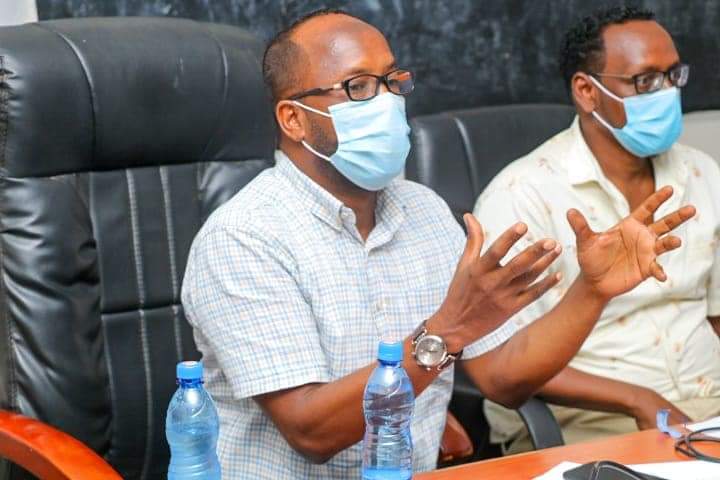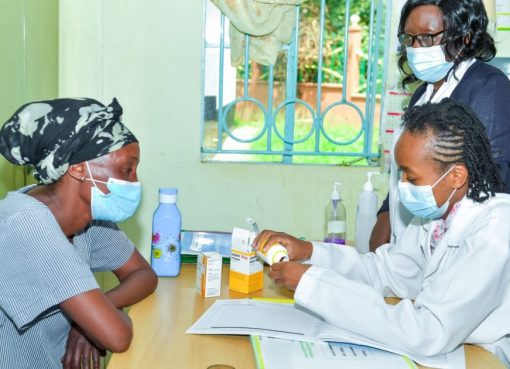Garissa county steering group held an emergency meeting to deliberate on mitigation measures and response as drought looms high in the area.
Speaking at Garissa Farmers Training Center, Thursday, water CEC Abdi Omar said over 30 organisations came up with their own mitigation measures that were integrated and will be driven by the committee.
Omar said the climate change has amplified the existing stress on availability of water where open water sources among them dams and pans had dried up.
The CEC noted the dried up water pans had exerted pressure on permanent water sources such as boreholes resulting in over-concentration of livestock and humans, hence, causing frequent breakdowns.
He said household distances to water sources had worsened and human-wildlife conflict was likely to arise. In response, he said the county Government had launched water trucking in all the 150 centers across the seven sub counties, and identified Lagdera and Balambala as worst affected.
The CEC warned the situation was likely to trigger other risks to exacerbate vulnerability on food security, and called for the intervention of state and non-state actors as the meteorological department forecast paint a gloomy picture in the coming days.
Last week, Omar toured Bahuri in Dadaab, Abdisamat, Shimbirey and Shebtacaad in Balambala sub-counties where he acknowledged the growing concentration of both human and livestock on watering points.
In its January report, the National Drought Management Authority (NDMA), said storage and water sources were depleting by the day due to the failed October, November and December rains.
Present were the county coordinator for NDMA, Abdinur Dubow, acting Chief executive officer for Garissa Municipality Abdinoor ole Hussein among other senior government officials.
by Jacob Songok



